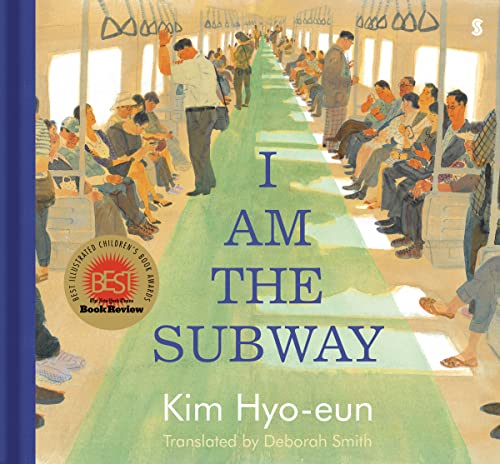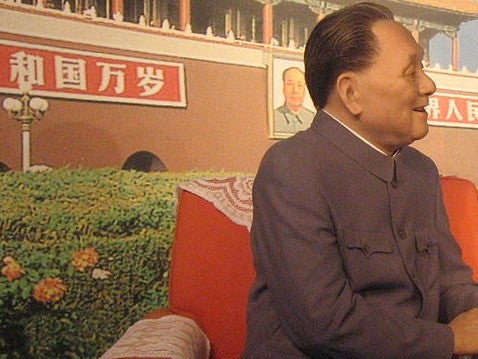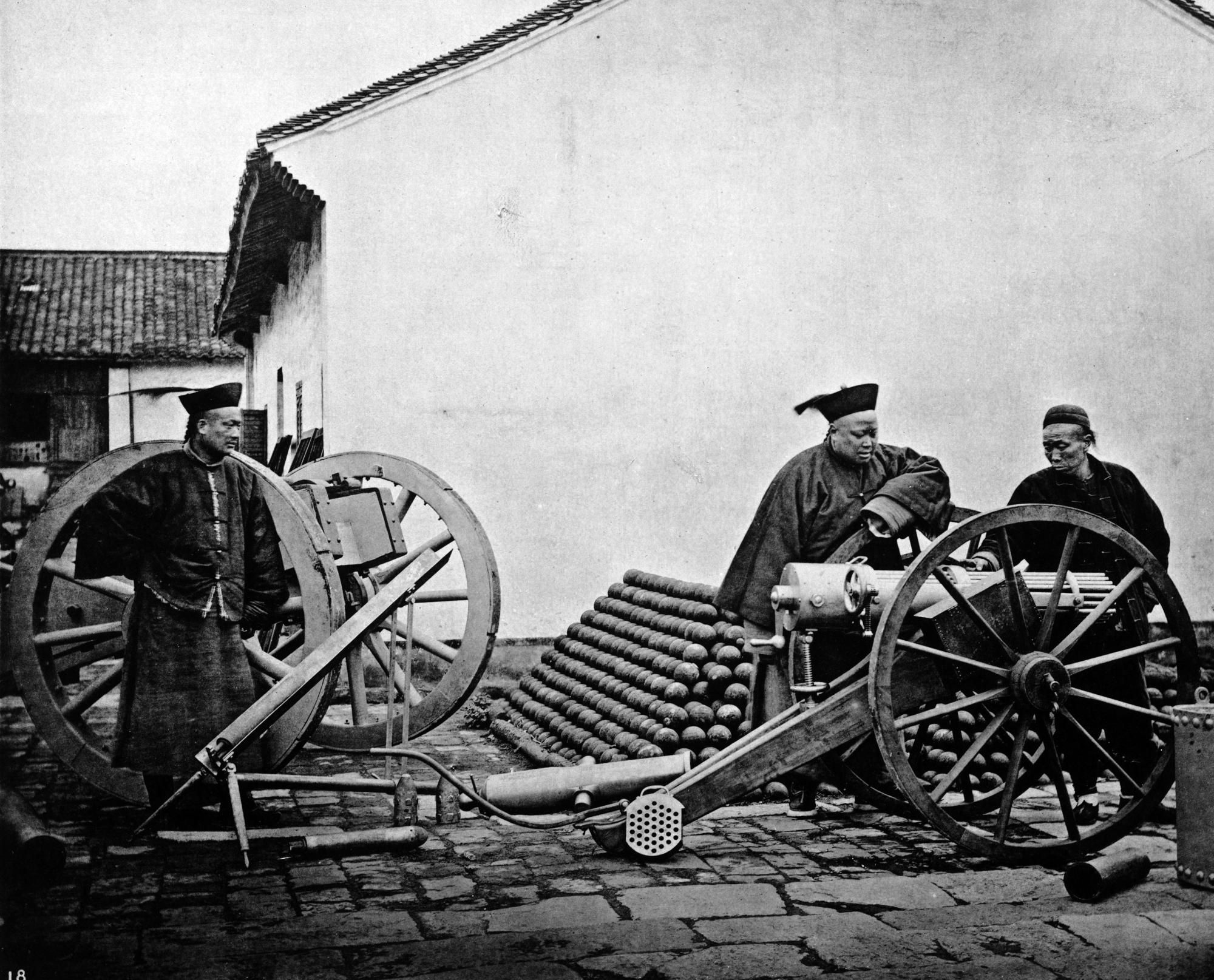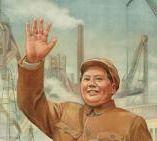TEA-NCTA 25th Anniversary Curriculum Recognition Project
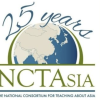
We're celebrating 25 years of NCTA and its work to enhance teaching and learning about East Asia across the country. The alumni of NCTA workshops, courses, summer institutes, and study tours have been a force for change in K-12 education. Our program is highlighting innovative lessons that focus on teaching about East Asia, or offer creative ways of infusing Asian content or visibility into existing courses. See lessons below.
Seoul Subway Stop Research by Jennifer Smith. Students explore neighborhoods in Seoul, South Korea using the picture book, I am the Subway by Kim Hyo-eun. The lesson introduces students to the application of a fictional source in a geography study. The integrated instruction for literacy and social studies has students consider characteristics of fiction and nonfiction sources and physical and human characteristics of place. Lesson Plan.
Deng Xiaoping's Economic Reforms. Are Choices Worth the Costs? by Christine Schaefer. When Mao Zedong died in 1976, China began radical changes under new leader Deng Xiaoping. Deng was a lifelong communist, but understood that China would once again be left behind unless it adopted and adapted some of the Western capitalistic ways. This lesson has students explore a variety of resources to understand and evaluate Deng's new policies and how their immediate and long-term impacts on the PRC. Lesson Plan. Handouts.
Moving Beyond the Mao Years: Analyzing Mao and Post-Mao Policies in China. An Experiential Activity, by Amanda Westenberg Soliván. Students will experience the political, economic, and social changes that occurred in China as they moved from a communist to capitalist economic system in the post-Mao era. In this activity, students will reenact the three economic stages that China experienced in the latter half of the 20th century by assuming roles of individuals in Communist China- either a farming peasant, a government official, an iron rice bowl worker (an urban industrial worker), or an entrepreneur. In the first stage, students experience the Chinese command economy under Chairman Mao. Then, they experience the breakup of the communal system and start of the Special Economic Zones under the leader Deng Xiaoping. Finally, they experience the decline of the state-run industrials as the government closes state-owned businesses transfers production to for-profit industries. Lesson Plan. Handouts. Powerpoint.
China's 19th-Century Modernization Efforts What Issues Could Modernization Resolve? by Catherine Mein. This lesson enriches a classroom study of China's modernization by focusing, not on what Western nations imposed on China, but on China’s efforts to modernize, partly in response to Western imperialism. As with all countries that modernized in the 19th and early-20th centuries, China had to resolve questions about what should be changed and what should be preserved. The activities in this multi-day lesson ask students to examine some of those changes and consider why those changes were necessary but other aspects of China’s economy, society, and culture were preserved. The lesson has a strong skills development component, integrating historical inquiry skills with other skill building exercises such as Question Formulation Technique, See-Think-Wonder visual analysis, and Quick Write. Lesson plan.
Exploring Mao Era Campaigns through Print, Visuals, and Oral Histories, by Genevieve Novinger. The focus of this multi-day lesson is to raise student awareness of policies and their repercussions during periods in the Mao era. Students analyze propaganda posters from three different time periods--Land Reform and Collectivization, the Great Leap Forward, and the Cultural Revolution. They then participate in a jigsaw comparing the propaganda posters with Newsela articles. To culminate the activity, students will create a poster noting the impacts the three campaigns had on ordinary people using the “Chinese History Memory Project” and the other materials they have learned about. Lesson plan.Mao Teacher Background Lecture and Notes.
Can Geography Save Your Life If Godzilla Attacks? by Lindsey Perdue, with Meagan Major. Inspired by TEA-NCTA workshops with Dr. William Tsutsui, this lesson uses the geography of Godzilla’s many attacks on Asian cities as a high-interest hook for students to consider the key geographic theme of migration, focusing on causes of migration and movement factors. Using internet information and selected viewing of Godzilla films (optional), students will identify the geographical locations of Godzilla attacks, selecting one for their project. Then, based on their knowledge of geography, geographic push-pull factors, and research into key geographic characteristics of their city and the surrounding region, they will work in small groups to determine a survival/escape plan for when Godzilla attacks their city. Lesson Plan. Slide Set.


